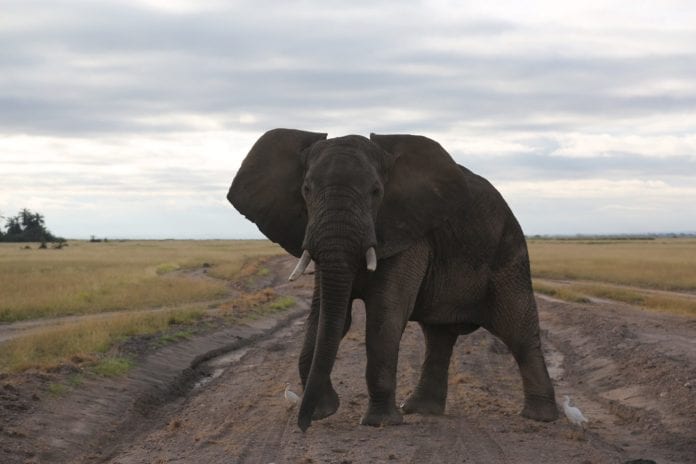TrailGuard AI cameras use Intel’s technology to protect wild animals from poachers
Intel’s technology is powering non-profit Resolve’s new TrailGuard AI camera to detect poachers entering Africa’s wildlife reserves and alert park rangers in near real-time so the poachers can be stopped before killing endangered animals.
In a statement, the U.S. chipmaker said that TrailGuard AI builds on anti-poaching prototypes funded by Leonardo DiCaprio Foundation and National Geographic Society.
”By pairing AI technology with human decision-makers, we can solve some of our greatest challenges, including illegal poaching of endangered animals. With TrailGuard AI, Intel’s Movidius technology enables the camera to capture suspected poacher images and alerts park rangers, who will ultimately decide the most appropriate response,” said Anna Bethke, leader of AI for social good at Intel.
TrailGuard AI uses Intel Movidius Vision Processing Units (VPUs) for image processing, running deep neural network algorithms for object detection and image classification inside the camera, according to Intel. If humans are detected among any of the motion-activated images captured by the camera, the device triggers electronic alerts to park personnel so they can mobilize rangers before poachers can kill animals, the company said.
“Reckless human activity is causing species loss and extinction on an unprecedented scale, with recent reports showing that as many as 60% of all wildlife has been wiped out since 1970. If illegal poaching of wildlife continues at the current rate, elephants are just one of the large mammal species that will be completely erased in our lifetime,” said Justin Winters, executive director of the Leonardo DiCaprio Foundation. “We are excited to collaborate with Intel and Resolve on this breakthrough AI technology, which is set to be a game-changer for park rangers in the monitoring and management of endangered species around the world.”
TrailGuard AI uses algorithms that allow the device to recognize humans and vehicles with a high degree of accuracy. With the first generation of the TrailGuard camera, rangers received many photos that they had to manually review to determine if there is a poaching threat or a false-positive triggered by other motion. With the new AI capabilities, TrailGuard AI knows when a potential poacher is present, allowing park rangers to rapidly intercept and apprehend.
“The Intel Movidius VPU allowed us to revolutionize TrailGuard AI by adding artificial intelligence to a proven end-to-end solution to stop illegal poaching around the world,” said Eric Dinerstein, director of biodiversity and wildlife at Resolve. “In addition to providing the AI technology, Intel engineers worked closely with us to build, test and optimize this incredible anti-poaching solution that will make a real difference in saving animals.”
TrailGuard AI will be deployed in 100 reserves in Africa throughout 2019, starting with Serengeti and Garamba, with plans to expand to Southeast Asia and South America in the future.

